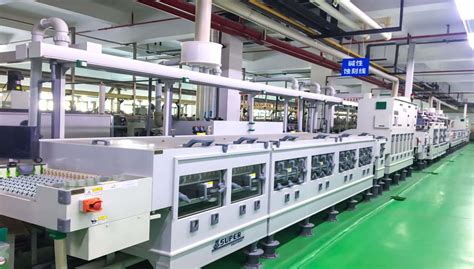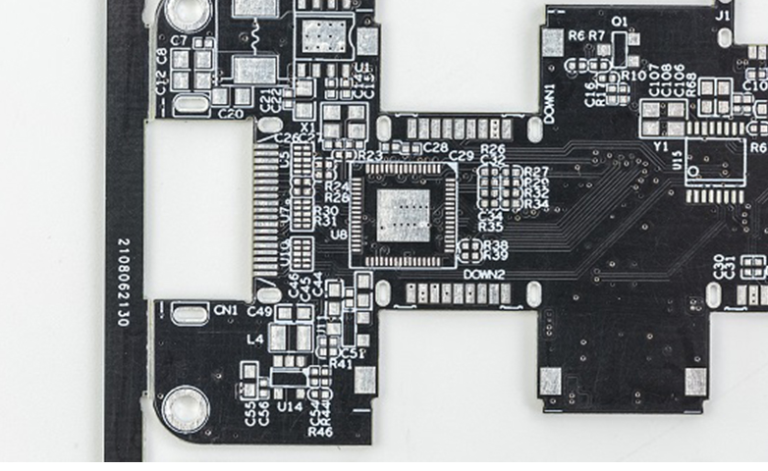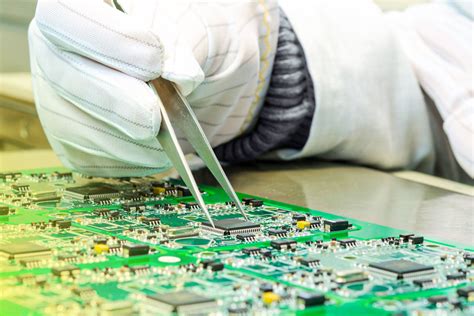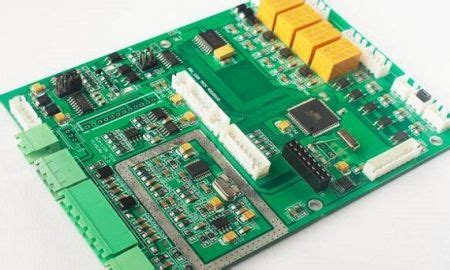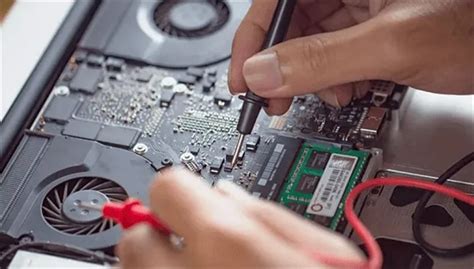Equipment Involved in PCB Manufacturing: A Comprehensive Overview
Printed Circuit Board (PCB) manufacturing is a complex process that requires precision, efficiency, and advanced technology. The production of PCBs involves multiple stages, each requiring specialized equipment to ensure high-quality output. This article explores the key equipment used in PCB manufacturing, detailing their functions and importance in the production process.
1. Design and Pre-Production Equipment
Before physical manufacturing begins, PCB designs are created using specialized software and prepared for production.
Computer-Aided Design (CAD) Software
- Function: Engineers use CAD tools like Altium Designer, KiCad, OrCAD, and Eagle to design PCB layouts, schematics, and routing.
- Importance: Ensures accurate circuit design, component placement, and signal integrity before fabrication.
Gerber File Generators
- Function: Converts CAD designs into Gerber files, the standard format used by PCB fabrication machines.
- Importance: Provides precise instructions for manufacturing equipment, including layer alignment and drill locations.
2. PCB Fabrication Equipment
The core manufacturing process involves multiple steps, each requiring specialized machinery.
Copper Clad Laminates
- Function: The base material for PCBs, typically made of FR-4 (fiberglass-reinforced epoxy) with copper layers.
- Importance: Provides the foundation for etching and circuit formation.
Cutting and Shearing Machines
- Function: Cuts large laminate sheets into smaller panels for processing.
- Types:
- Guillotine Shears – For straight cuts.
- CNC Routers – For precise panel sizing.
- Importance: Ensures proper panel size before further processing.
Drilling Machines
- Function: Creates holes for vias and component leads.
- Types:
- Mechanical Drilling Machines – High-speed spindles for standard holes.
- Laser Drilling Machines – For microvias (used in HDI PCBs).
- Importance: Ensures precise hole placement for inter-layer connections.
Plating Equipment
- Function: Electrically coats drilled holes with copper to establish conductivity between layers.
- Processes:
- Electroless Copper Deposition – Initial thin copper layer.
- Electroplating – Thickens copper for durability.
- Importance: Ensures reliable electrical connections between PCB layers.
Photolithography Equipment
- Function: Transfers the circuit pattern onto the copper layer.
- Steps:
- Lamination with Photoresist – A light-sensitive film is applied.
- Exposure to UV Light – Using a photomask to harden the resist.
- Developing – Removes unexposed resist, revealing copper for etching.
- Importance: Defines the circuit traces with high precision.
Etching Machines
- Function: Removes unwanted copper to leave only the desired circuit traces.
- Types:
- Chemical Etching (Ferric Chloride or Ammonium Persulfate) – Dissolves excess copper.
- Plasma Etching – For fine-line PCBs.
- Importance: Creates the conductive pathways of the PCB.
AOI (Automated Optical Inspection) Machines
- Function: Scans PCBs for defects like shorts, opens, or misalignments.
- Importance: Ensures quality before moving to the next stage.

3. PCB Assembly (PCBA) Equipment
After fabrication, components are mounted onto the PCB using assembly equipment.
Solder Paste Printing Machines
- Function: Applies solder paste onto PCB pads using a stencil.
- Importance: Ensures precise solder deposition for component attachment.
Pick-and-Place Machines
- Function: Automatically places surface-mount (SMD) components onto the PCB.
- Types:
- High-Speed Pick-and-Place – For small components (resistors, capacitors).
- Precision Pick-and-Place – For large or fine-pitch components (BGAs, QFNs).
- Importance: Speeds up assembly while maintaining accuracy.
Reflow Ovens
- Function: Heats the PCB to melt solder paste, forming permanent connections.
- Process:
- Preheat → Soak → Reflow → Cooling
- Importance: Ensures reliable solder joints without overheating components.
Wave Soldering Machines
- Function: Used for through-hole components; PCB passes over a molten solder wave.
- Importance: Provides strong mechanical and electrical connections for leaded components.
Selective Soldering Machines
- Function: Solders specific through-hole components without affecting nearby SMDs.
- Importance: Useful for mixed-technology PCBs.
In-Circuit Testing (ICT) Equipment
- Function: Tests electrical functionality by checking connections and component values.
- Importance: Detects manufacturing defects early.
Functional Testing (FCT) Equipment
- Function: Simulates real-world operation to verify PCB performance.
- Importance: Ensures the final product meets specifications.
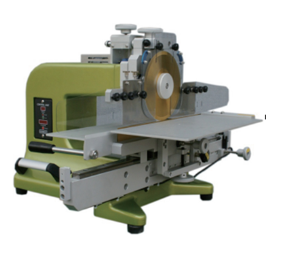
4. Finishing and Quality Control Equipment
Conformal Coating Machines
- Function: Applies a protective layer (acrylic, silicone, or urethane) to prevent moisture and corrosion.
- Importance: Enhances PCB durability in harsh environments.
X-Ray Inspection Machines
- Function: Examines solder joints under components like BGAs and QFNs.
- Importance: Detects hidden defects (voids, misalignments).
Depaneling Machines
- Function: Separates individual PCBs from a larger panel.
- Methods:
- V-Scoring – Pre-scored lines for breaking.
- Laser Cutting – Precise separation without stress.
- Importance: Ensures clean edges without damaging circuits.
Conclusion
PCB manufacturing relies on a wide range of sophisticated equipment, from design software to drilling, etching, assembly, and testing machines. Each piece of equipment plays a crucial role in ensuring high precision, efficiency, and reliability in PCB production. As technology advances, manufacturers continue to adopt automation, AI-driven inspection, and advanced laser systems to meet the growing demand for high-performance PCBs in industries like consumer electronics, automotive, and aerospace.
By understanding the equipment involved, engineers and manufacturers can optimize production processes, reduce defects, and deliver superior-quality PCBs for modern electronic devices.

